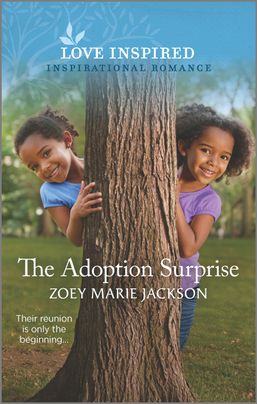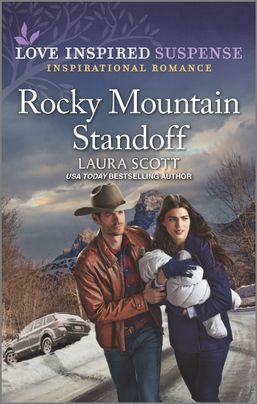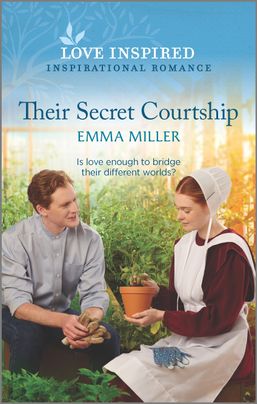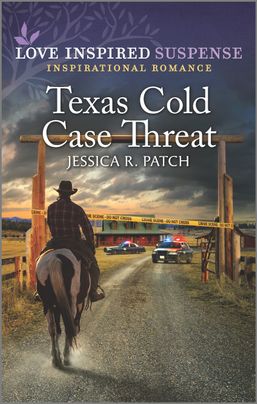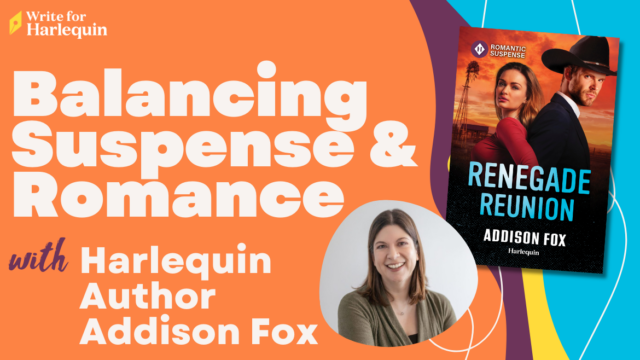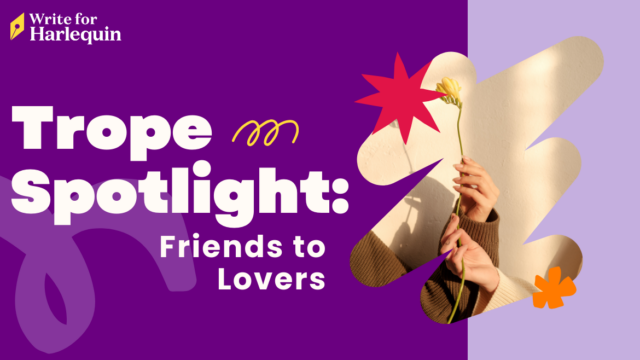
The Love Inspired team is ready to find new authors—could you be one of them? Find out by joining in our pitch opportunity: The Great Love Inspired Author Search ! We’d love to have you join our terrific group of authors, and we’re excited to see your contemporary inspirational romance or romantic suspense stories. We want you to have the best chance at success, so be sure to keep some things in mind when you’re crafting your submission.
First, pay attention to the requirements! Check out these pitch details, and don’t forget to review the writing guidelines for Love Inspired (here) and Love Inspired Suspense (here). Make sure your story has a strong plot and a satisfying romance. And most of all? Bring on the conflict!
At the root of it, conflict is the engine for your story—it’s what forces your characters to adapt, to make choices, to struggle to achieve their goals. Let’s start with some basic explanations.
External conflict: The event that kicks off the plot. In one story, maybe a city-slicker hero inherits a ranch he has no idea how to run. In a different story, perhaps someone with a vendetta against the heroine has kidnapped her child.
Internal conflict: The emotional struggle your characters face as they deal with their new circumstances. The city-slicker hero is desperate to succeed at ranching after failing to win the girl of his dreams, who’s married another man. The heroine has struggled with being a single mother and feels like a failure for letting her child be kidnapped.
Romantic conflict: The reason why your characters will not and cannot fall in love. City-slicker hero’s still nursing a broken heart; single mom won’t let another man get close after her ex-husband betrayed her, and she has a hard time trusting anyone.
Does that sound like a lot is going on for these characters? Good—that’s how it should be!
Conflict is what makes your plot interesting. It gives your characters obstacles to overcome; battles to fight in order to achieve crucially important goals. If you’ve built up strong backstories for your characters, issues that make them complex and interesting, then you’re off to a great start.
But building good characters is only half the battle. The rest is making sure your conflicts are strong and dynamic, and that they carry through the story. Here are the most common problems that we’ve run into with conflict:
- Not enough conflict: A story where nice people have only good things happen to them is not very interesting to read. Even if your characters have a strong and exciting set-up, meeting each other can’t solve all their problems. It’s not the love that makes a love story compelling, it’s how love triumphs, in spite of all the problems stacked up against it. Be mean to your characters! Put them in a situation where falling in love with each other is the last thing they want to do, and see how love wins out in the end.
- One-sided conflict: Those three types of conflict listed above? We need to see that both your hero and heroine struggle with all three. This isn’t a fairytale where the heroine needs the prince to rescue her from her life. That type of plot sounds sweet in theory, but in practice it can make things feel really uneven. He saved her, but what did she do to save him? Why does he need her? The strongest romances are the ones where the hero and heroine save each other so that happiness is something they find, and earn, together.
- Episodic conflict: In an episodic plot, there’s a problem, and then they fix it. Then there’s another problem, and they fix it. Then a third problem, a fourth, a fifth… There are lots of incidents of conflict, but they don’t have deep consequences because if they did, they couldn’t be resolved that fast. This results in a start-and-stop story where it seems like something’s going to happen, but everything keeps working itself out. Dig a little deeper, and see if you can find a bigger, ongoing problem that the characters have to work through by asking themselves hard questions and making important decisions.
Conflict is what will get us rooting for your characters—and once the conflict has been resolved, that means it’s time for the story to end. Be sure that your plot has strong conflicts that carry throughout the full manuscript. And make sure to resolve these conflicts in a satisfying way that proves that your hero and heroine have earned their happy ending.
As for you, your happy ending might be a contract for Love Inspired—but only if you take the first step to enter the pitch opportunity! We’re looking forward to seeing your submission!


